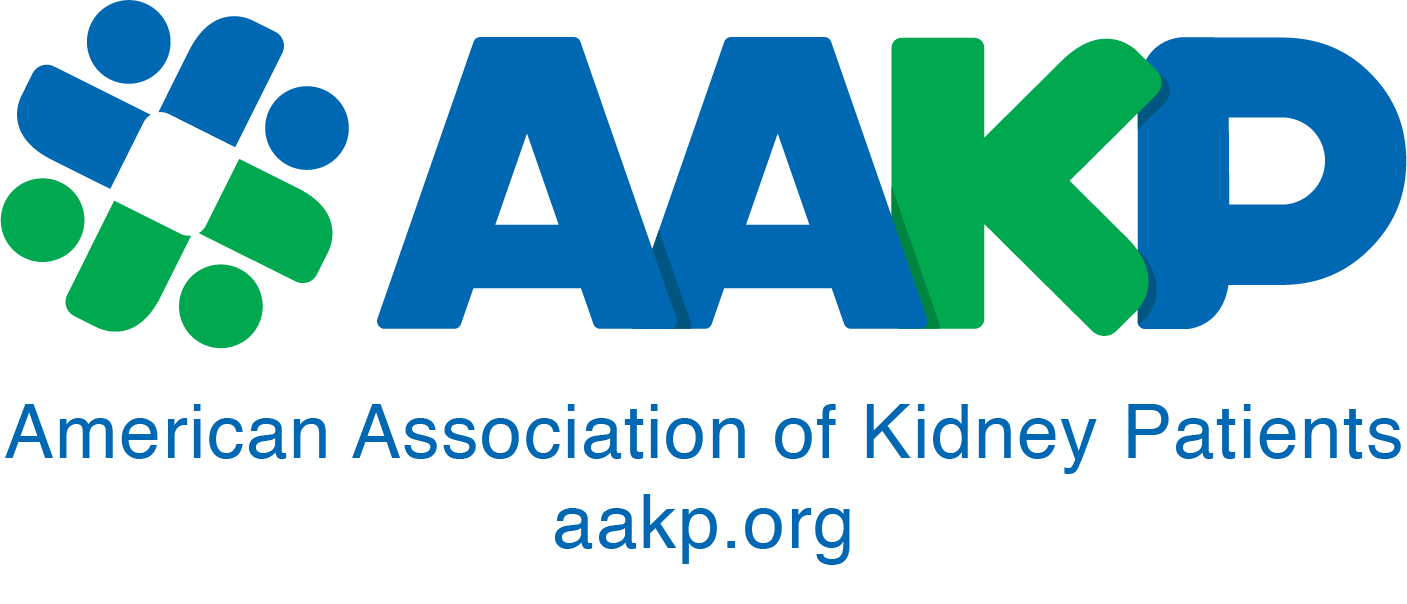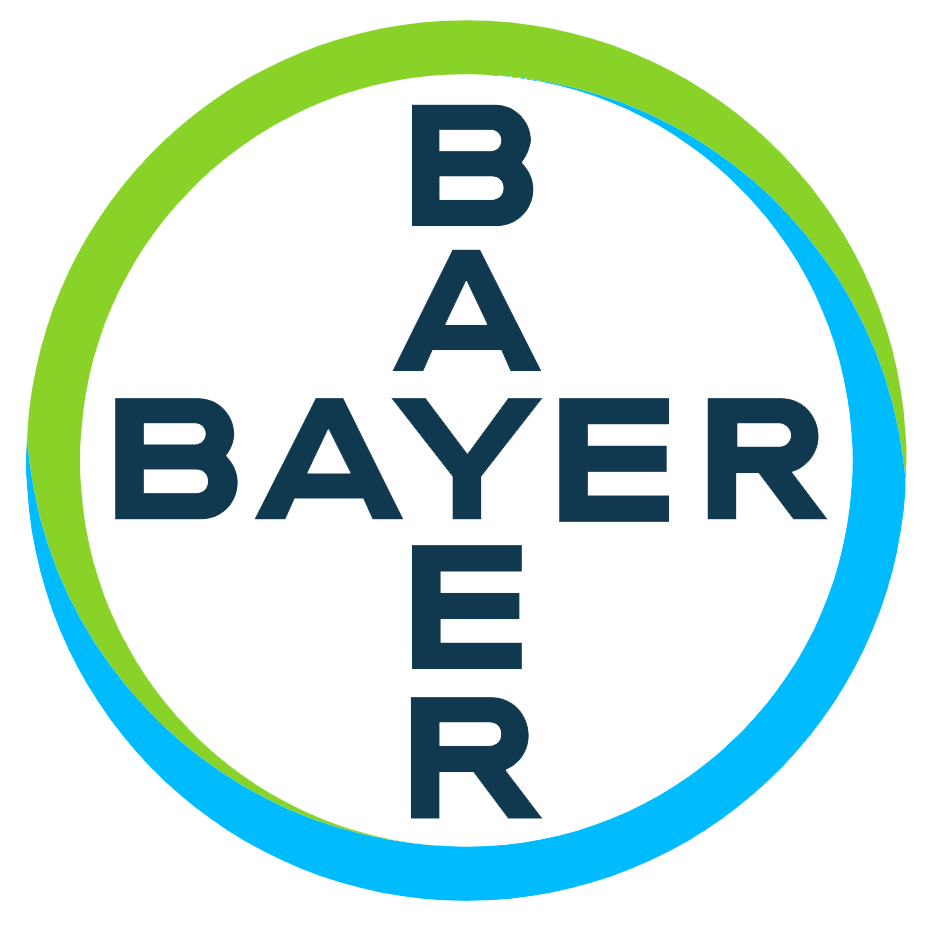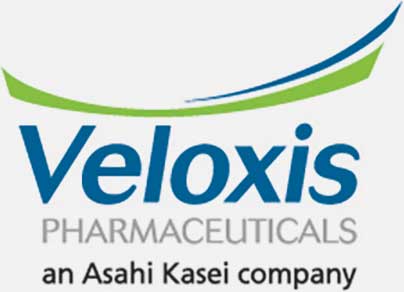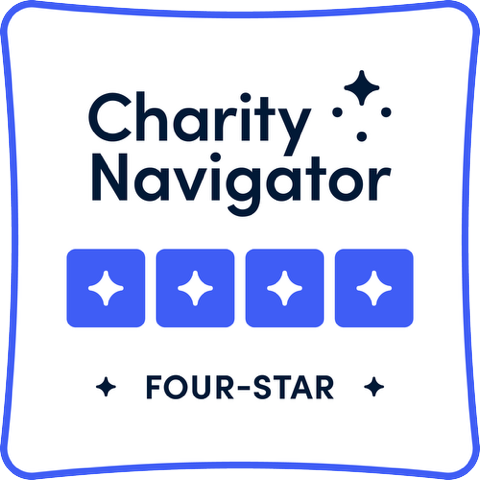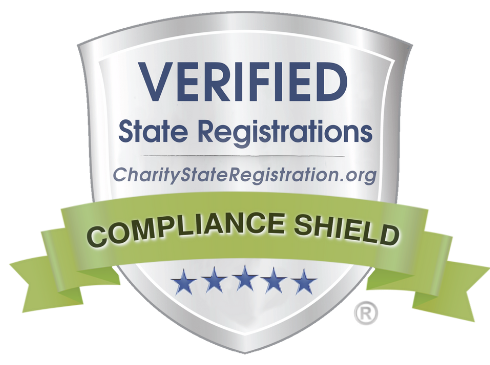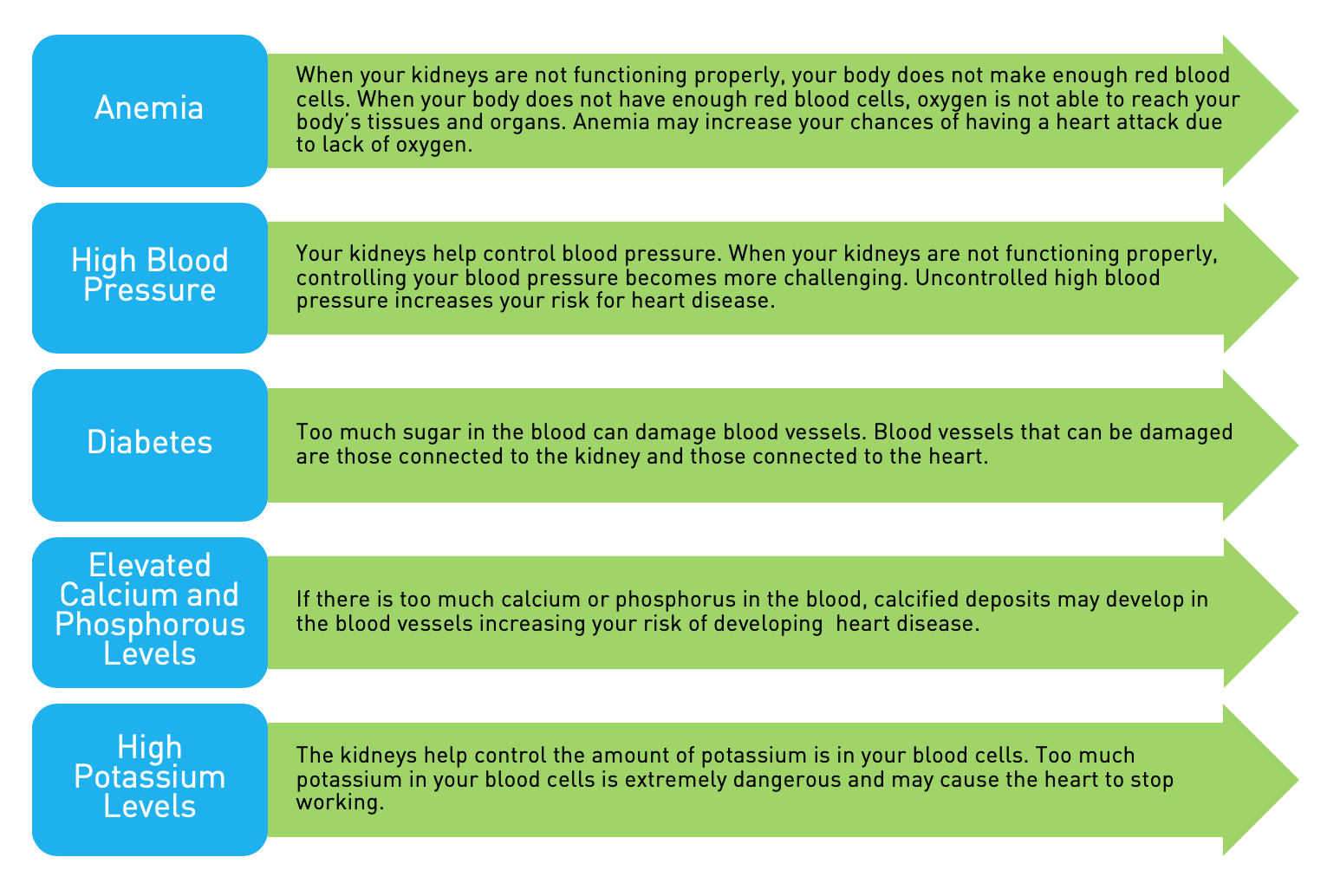[vc_row][vc_column][vc_column_text]
[/vc_column_text][/vc_column][/vc_row][vc_row][vc_column][vc_btn title=”Download the Official Letter” color=”green” link=”url:https%3A%2F%2Faakp.org%2Fwp-content%2Fuploads%2F2017%2F10%2FPAPR-Written-Comments-for-IPRCC-October-2017.pdf||target:%20_blank|”][/vc_column][/vc_row][vc_row][vc_column][vc_column_text]October 16, 2017
Linda L. Porter, PhD
Pain Policy Advisor, Office of Pain Policy
Office of the Director
National Institute of Neurological Disorders and Stroke 31 Center Drive, Room 8A31
Bethesda, MD 20892
Dear Dr. Porter:
As undersigned members of the Protecting Access to Pain Relief (PAPR) Coalition, we wish to submit written comments in response to a meeting of the Interagency Pain Research Coordinating Committee (IPRCC) scheduled for October 23, 2017. The PAPR Coalition is a multi-stakeholder group of 16 public health organizations able to collectively reach out to millions of medical professionals, people living with pain, patients managing chronic disease, and concerned citizens whose mission is to advocate for public policy that supports continued access to and choice of appropriate over-the-counter (OTC) pain relief (www.paprcoalition.com). The PAPR Coalition remains dedicated to ensuring patients’ access to the OTC pain relief they need as a part of their care regimen while continuing its efforts to educate the public about the appropriate use of acetaminophen.
Currently, over 100 million Americans suffer from chronic pain; that is more than the number of patients suffering from diabetes, stroke, coronary artery disease, and cancer combined.1 Because of its near ubiquity nationwide, pain presents a significant public health problem in the U.S. An Institute of Medicine report found that pain costs our society at least $560-$635 billion annually (equal to about $2,000 per person) in lost wages and compensation for disability days.2 In addition, the costs of care associated with chronic pain, which include diagnostic tests, physical therapy, medications, and medication management, can be extremely burdensome on both patients and the healthcare system as a whole. A 2015 study of a large U.S. health integrated delivery system indicated that treating chronic pain costs approximately $32,000 per patient per year, with an annual average of nearly 19 outpatient visits and five imaging tests per patient.3
Within these overall expenditures, the total cost alone of medication prescribed for pain is enormous, with one study indicating $17.8 billion in total annual spending on prescription medication for pain that includes analgesics, nonsteroidal inflammatory drugs (NSAIDs), opioids, muscle relaxants, and topical products.4 Further, over a seven-year period the number of outpatient visits made for chronic pain
increased by three percentage points, indicating that diagnoses of chronic pain requiring some form of medication-based treatment will likely continue to increase over time.5
OTC pain medication, specifically acetaminophen, is often a medically necessary and cost effective way for patients to manage pain. In addition to lower costs, for many patients, OTC pain relief, and specifically acetaminophen, represents the safest medically recommended means of alleviating pain caused by illnesses and co-morbidities ranging from osteoporosis to end-stage renal disease. There are approximately 120 million adults in the U.S. have a health condition for which NSAIDs and certain other pain medications are contraindicated. These patients rely on acetaminophen for pain relief.
Moreover, access to non-opioid therapies for pain are more important than ever. Despite recent attention from Congress, the Administration, and the public health community, the opioid epidemic is still flourishing nationwide. Opioid overdose alone led to the death of more than 500,000 people in the U.S. from 2000 through 2015, and in 2014 alone almost 2 million Americans abused or were dependent on opioids for pain relief.6 Increased availability of these potentially harmful medications has fueled this epidemic. Nearly 250 million prescriptions for opioid medication were written in 2014 alone, with significant differences in the numbers of prescriptions written across geographic areas and states that make public health responses to these issues difficult.7 Thus, in the U.S. addictive opioid medications have become the de facto first-line treatment for chronic pain rather than a possible secondary option carefully considered by a patient and his or her healthcare team.
The opioid crisis provides another reason for policy makers to ensure that patients have full access to appropriate doses of OTC acetaminophen. The Coalition believes that any attempt to curtail access to these safe and effective pain relief options would be a detriment to the vast number of patients whose chronic pain may be effectively managed through OTC and other non-opioid medications. In fact, the Coalition believes policy makers should take additional steps to educate prescribers, other health providers, and professionals and patients about the value of OTC pain medication. We must ensure that Congress and agencies such as the National Institutes of Health (NIH), and affiliated agencies within the IPRCC, promote policies that ensure that patients not only have access to all available safe therapies for pain but also are educated in how to manage their pain safely and responsibly.
The PAPR Coalition strongly supports efforts by Congress to empower federal agencies, such as the NIH, the FDA, the CDC, and the Office of National Drug Control Policy (ONDCP), to responsibly and constructively address not only access to important OTC pain relief therapies but also promote provider and patient education to ensure that patients are using safe and effective pain relief while avoiding the strong potential for misuse and abuse associated with opioids. More specifically, the PAPR Coalition looks forward to working with external stakeholders to pursue specific policy principles, including:
- Improving public health by ensuring patients have full access to OTC pain relief therapies, including maximum strength acetaminophen;
- Partnering with external stakeholders, including the NIH and IPRCC, to increase the safe use of pain medications, including OTC pain medications, through patient and provider education and other informational activities;
- Promoting the use of non-pharmacologic and non-addictive pharmacologic pain relief options, including OTC pain relief, to ensure patients are not harmed through dependency on opioid and other potentially addictive pain relief options;
- Incorporating the patient experience and patient preference information into the FDA’s decision- making regarding policies related to current and future OTC pain reliefAs new efforts are being developed to combat the opioid crisis while increasing patient health and quality of life, the PAPR Coalition is dedicated to working with the IPRCC, other interested stakeholders, and Congress to help educate patients and their physicians about the need for access to safe and dependable treatment options for the millions of Americans who suffer from chronic pain.If you have any further questions about the Coalition, please email Michael Werner (michael.werner@hklaw.com) or Joel Roberson (joel.roberson@hklaw.com).
Sincerely,
Alliance for Aging Research
American Association of Kidney Patients
American Chronic Pain Association
American College of Preventive Medicine
American Gastroenterological Association
American Pharmacists Association
The Coalition Against Pediatric Pain
Convenient Care Association
The Gerontological Society of America
HealthyWomen
National Council on Patient Information and Education
National Minority Quality Forum
Society for Women’s Health Research
Transplantfirst Academy
U.S. Pain Foundation
Western Pain Society
1 AAPM Facts and Figures on Pain. The American Academy of Pain Medicine. http://www.painmed.org/patientcenter/facts_on_pain.aspx#refer.
2 Institute of Medicine Report from the Committee on Advancing Pain Research, Care, and Education: Relieving Pain in America, A Blueprint for Transforming Prevention, Care, Education and Research. The National Academies Press, 2011.
3 Park PW et al. Cost burden of chronic pain patients in a large integrated delivery system in the United States. Pain Practice. November 2016. 16(8):1001-1011.
4 Rasu RS et al. Cost of pain medication to treat adult patients with nonmalignant chronic pain in the United States.
Journal of Managed Care & Specialty Pharmacy. September 2014. 20(9):921-928.
5 Ibid.
6 “Opioid Overdose: Understanding the Epidemic.” Centers for Disease Control and Prevention (CDC). 30 Aug. 2017. https://www.cdc.gov/drugoverdose/epidemic/index.html.
7 “Opioid Overdose: Prescription Opioids.” Centers for Disease Control and Prevention (CDC). 30 Aug. 2017. https://www.cdc.gov/drugoverdose/opioids/prescribed.html.
[vc_row][vc_column width=”1/1″][vc_column_text][/vc_column_text][/vc_column][/vc_row]
